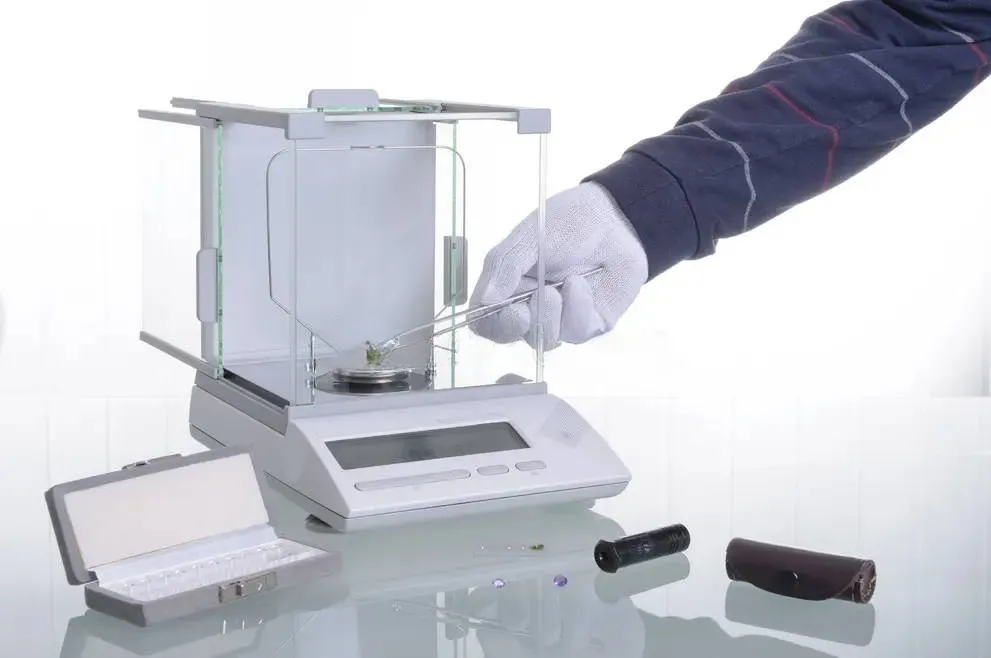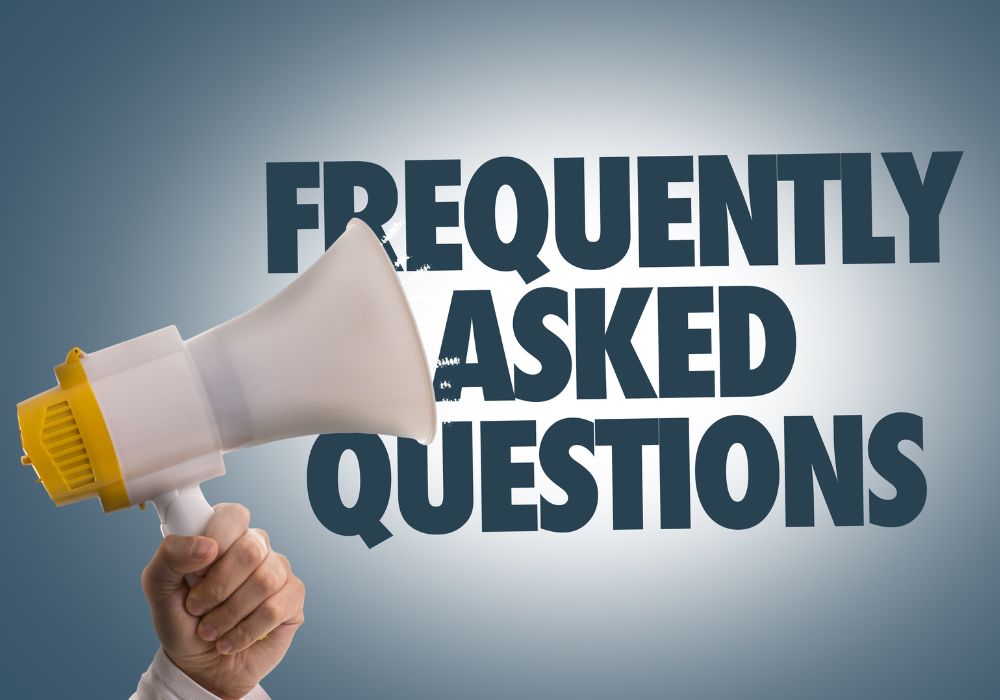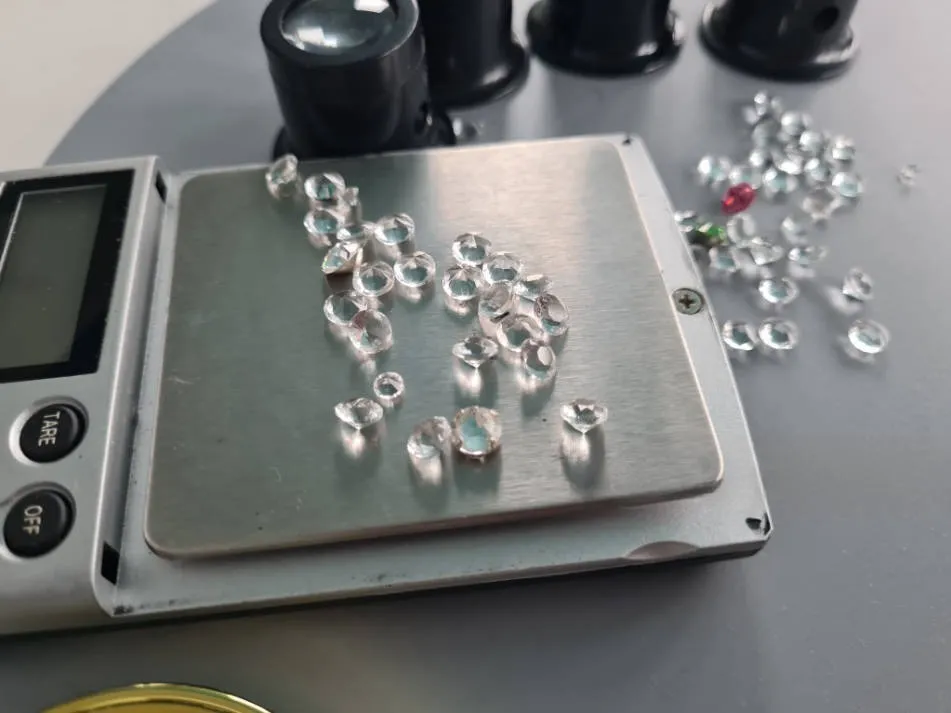In the world of jewellery, precision is everything. Whether you’re a professional jeweller, an aspiring designer, or a collector passionate about gemstones and precious metals, a jewellery scale is your key to accurate measurements. This tool ensures fair transactions, precise craftsmanship, and reliable valuations. This guide takes you from the basics of setting up your scale to advanced techniques for mastering its full potential, helping you weigh with confidence and care.

Step 1: Getting Started with Your Jewellery Scale
Understanding Your Scale’s Features
Before weighing anything, get familiar with your jewellery scale’s components. Most digital scales include:
| Part Name | Description |
| Weighing Platform (Pan) | The flat surface where you place jewelry. Handle it gently to avoid scratches or damage. |
| Display Screen (LCD or LED) | Shows weight readings clearly, often with backlighting for easy reading in low light. |
| Power Button (On/Off) | Turns the scale on or off. Many models have an auto-off feature to save battery life. |
| Tare/Zero Button | Resets the display to zero or subtracts the weight of a container, giving you the net weight of your jewelry. |
| Unit Button (Unit/Mode) | Switches between measurement units like grams (g), ounces (oz), carats (ct), pennyweights (dwt), or grains (gn) to suit your needs. |
| Calibration Button (Cal, on some models) | Starts the calibration process to keep your scale accurate. Always check your scale’s manual for specific instructions. |
Preparing for Accurate Weighing
To ensure precise results, set up your scale correctly:
- Choose a Stable Surface: Place the scale on a flat, level, vibration-free surface. Uneven or shaky surfaces can lead to inaccurate readings.
- Check Power Supply: Confirm the scale has fresh batteries or a stable power cord connection. Low power can compromise accuracy.
- Allow a Warm-Up Period: After turning on the scale, give it a few seconds to stabilize its internal sensors for reliable performance.
Step 2: Basic Weighing Techniques
Step-by-Step Weighing Process
Follow these steps to weigh jewellery accurately:
- Power On: Press the power button to activate the scale.
- Verify Zero Reading: Check that the display shows “0.00” or a similar zero value. If it doesn’t, press the Tare/Zero button to reset it.
- Place the Item Carefully: Gently set the jewellery in the center of the weighing platform. Avoid dropping items, as this can damage the scale or affect the reading.
- Record the Stable Weight: Wait a moment for the display to stabilize, then note the weight shown.
- Using the Tare Function:
- Place an empty container (like a weighing boat) on the platform and wait for the reading to stabilize.
- Press the Tare/Zero button to reset the display to zero, subtracting the container’s weight.
- Add the jewellery to the container. The display will show only the jewellery’s net weight.
- Power Off: Turn off the scale when finished to conserve battery life.
Starting with Grams
For those new to jewellery weighing, grams (g) are the most common unit for measuring precious metals and larger gemstones. It’s a straightforward, universal standard that’s easy to work with as you begin.
Tips to Avoid Common Mistakes
- Minimize Environmental Interference: Keep the scale away from drafts, fans, open windows, or vibrations, as these can disrupt sensitive measurements.
- Handle with Care: Treat both the scale and your jewellery gently to prevent scratches or damage to either.
- Keep It Clean: Regularly wipe the weighing platform with a soft, dry cloth to remove dust, debris, or residue that could skew readings.
Step 3: Advanced Techniques for Precision Weighing
Mastering the Tare Function
The tare function is a powerful tool for precise measurements:
- Multiple Taring: When weighing several pieces of jewellery, tare the scale after each item to measure their individual net weights without removing the container. This is especially useful for batch weighing.
- Negative Taring: For delicate items, place a small tray or weighing aid on the platform before taring. This creates a clean surface and ensures accurate readings for tiny or fragile pieces.
Choosing the Right Measurement Unit
Your scale offers multiple units to match your needs:
- Grams (g): The standard for most jewellery weighing, ideal for metals and larger stones.
- Ounces (oz): Used in some international markets or for weighing larger quantities.
- Carats (ct): The go-to unit for gemstones, where 1 carat equals 0.2 grams. This is critical for gemstone valuation.
- Pennyweights (dwt): A traditional unit for precious metals like gold and silver, often used in trade.
- Grains (gn): An older unit, occasionally used in specialized contexts. Use the unit button to switch between these as needed.
Using the Counting Function (If Available)
For tasks like inventory management, the counting function simplifies counting large quantities of small, uniform items (e.g., beads or small diamonds):
- Place a known quantity (e.g., 10, 20, or 50 pieces) on the scale.
- Activate the counting mode (check your manual for specific steps, often involving a dedicated button).
- Input the known quantity. The scale calculates the weight per item.
- Add the full batch to the platform, and the display will estimate the total count. Note: This works best when items are consistent in weight.
Keeping Your Scale Calibrated
Calibration ensures long-term accuracy, as even high-quality scales can drift over time. Most digital jewellery scales allow self-calibration with certified weights:
- Follow your scale’s manual for exact steps, typically involving entering calibration mode and placing specific weights on the platform.
- If you’re unsure or notice persistent inaccuracies, contact a professional metrology service or a trusted supplier for calibration or repair.
Using the Hold Function
The hold function is handy when you can’t immediately record a weight or the display is obscured:
- Once the weight stabilizes, press the Hold button to freeze the reading.
- Press again to release it, allowing you to continue weighing.
Step 4: Perfecting Your Weighing Technique
Factors That Impact Accuracy
- Level Surface: Double-check that the scale is on a perfectly flat surface. A bubble level can help confirm this.
- Stable Environment: Avoid air currents (close windows and doors), vibrations (keep away from machinery), and extreme temperature changes, all of which can affect readings.
- Proper Item Placement: Center the jewellery on the platform for even weight distribution.
- Wait for Stability: Allow the display to fully stabilize before recording the weight. Rushing can lead to errors.
- Control Static Electricity: In dry environments, static can interfere with very light items. Consider using an anti-static mat or grounding techniques.
Tips for Enhanced Precision
- Use Weighing Aids: Handle small or delicate items with tweezers, weighing boats, or trays to avoid transferring oils or affecting readings.
- Take Multiple Measurements: For high-value items, weigh several times and calculate the average for maximum accuracy.
- Check Regularly: Periodically test your scale with known weights to confirm accuracy and recalibrate if needed.
Step 5: Maintaining Your Jewellery Scale
Daily Care for Longevity
Keep your scale in top condition with these habits:
- Clean Gently: Wipe the platform and exterior with a soft, dry cloth. Avoid liquids or harsh chemicals, which can damage internal components.
- Protect from Spills: Keep liquids away to prevent costly internal damage.
- Handle with Care: Avoid dropping the scale or subjecting it to sudden impacts.
- Store Properly: When not in use, store the scale in a clean, dry place, away from extreme heat, cold, or humidity.
Periodic Maintenance
- Inspect Regularly: Check for signs of wear, damage, or debris on the platform.
- Verify Accuracy: Test the scale with certified calibration weights periodically. If readings are off, recalibrate or seek professional help.
When to Seek Professional Service
If your scale shows erratic readings, persistent inaccuracies, or physical damage, it’s time for professional repair. Contact a certified metrology service or a reputable supplier for assistance or replacement options.
Step 6: Applying Your Scale in Jewellery Work
Jewellery Transactions
- Weigh items in full view of customers to build trust and transparency.
- Follow local regulations and industry standards for accurate and ethical weighing practices.
Design and Manufacturing
- Precisely weigh precious metals, gemstones, and other materials to control costs and ensure quality in your designs.
- Use the tare function to measure exact ratios for alloys or mixed-media pieces.
Inventory and Stock Management
- Streamline inventory counts by accurately weighing items.
- Use the counting function to quickly tally large quantities of small, uniform components.
Personal Jewellery Collections
- Record the weight of valuable pieces for insurance or valuation purposes.
- A compact jewellery scale makes it easy to monitor and manage your collection.
Conclusion: Master Your Jewellery Scale
Using a jewellery scale effectively is a skill that improves with practice and attention to detail. By understanding its features, applying proper techniques, and maintaining your equipment, you’ll achieve precise, reliable measurements for all your jewellery needs. Whether you’re a beginner weighing your first gemstone or a seasoned professional refining your craft, a well-used scale is your partner in precision. For high-quality scales and expert guidance, explore trusted suppliers in the jewellery industry.




